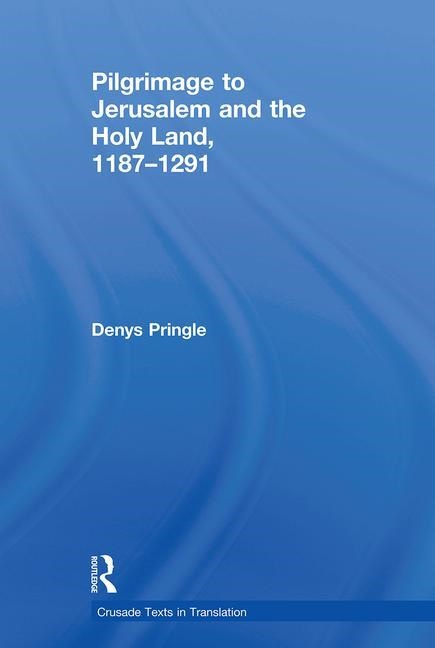This book presents new translations of a selection of Latin and French pilgrimage texts - and two in Greek - relating to Jerusalem and the Holy Land between the fall of Jerusalem to Saladin in 1187 and the loss of Acre to the Mamluks in 1291. It therefore complements and extends existing studies, which deal with the period from Late Antiquity to Saladin's conquest. Such texts provide a wealth of information not only about the business of pilgrimage itself, but also on church history, topography, architecture and the social and economic conditions prevailing in Palestine in this period. Pilgrimage texts of the 13th century have not previously been studied as a group in this way; and, because the existing editions of them are scattered across a variety of rather obscure publications, they tend to be under-utilized by historians, despite their considerable interest. For instance, they are often more original than the texts of the 12th century, representing first-hand accounts of travellers rather than simple reworkings of older texts. Taken together, they document the changes that occurred in the pattern of pilgrimage after the fall of Jerusalem in 1187, during its brief reoccupation by the Franks between 1229 and 1244, and during the period from 1260 onwards when the Mamluks gradually took military control of the whole country. In the 1250s-60s, for example, because of the difficulties faced by pilgrims in reaching Jerusalem itself, there developed an alternative set of holy sites offering indulgences in Acre. The bringing of Transjordan, southern Palestine and Sinai under Ayyubid and, later, Mamluk control also encouraged the development of the pilgrimage to St Catherine's monastery on Mount Sinai in this period. The translations are accompanied by explanatory footnotes and preceded by an introduction, which discusses the development of Holy Land pilgrimage in this period and the context, dating and composition of the texts themselves. The book concludes with a comprehensive list of sources and a detailed index.


